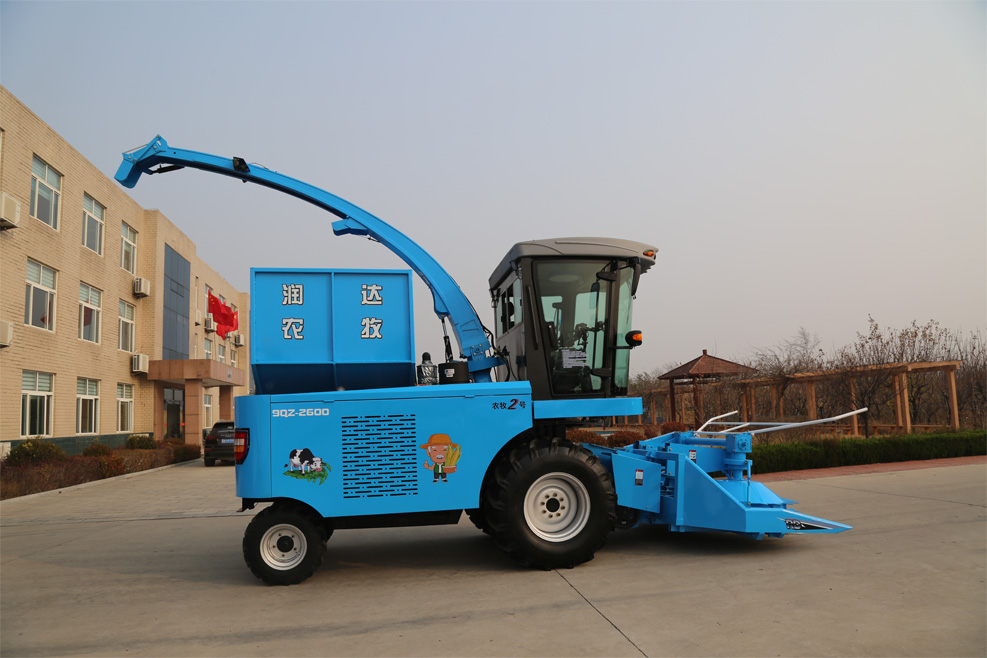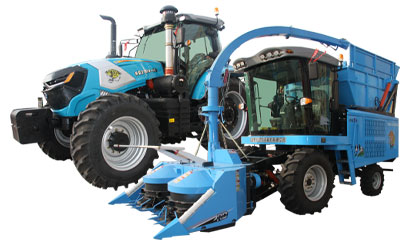In July of this year, the author participated in the "Agricultural Machinery Land Exhibition" in Zhengding County, Shijiazhuang, Hebei. At the end of October, he participated in the Qingdao China International Agricultural Machinery Exhibition. Through these two exhibitions, he gained an understanding of the current development status of domestic silage machinery. Although we have a significant gap compared to foreign countries, domestic silage machines have made rapid progress and great development potential.

With the continuous development of animal husbandry, the demand for silage harvesters is increasing.
Silage corn, known as the "king of feed" due to its high yield and rich nutrition, is an indispensable source of feed for the production of livestock products such as milk and meat in the world. Its planting density is generally 50% higher than normal corn, with a yield of 45-90 t/hm2.
The harvesting season of corn straw silage is strong, and there must be sufficient silage harvesters. For animal husbandry areas and large and medium-sized farms, they need self-propelled green feed harvesters with high production efficiency, good operational performance, wide adaptability, and the ability to harvest without moving.
At the 2019 China International Agricultural Machinery Exhibition, foreign companies showcased many high-end, large, and efficient silage harvesters, such as Kole Harvest, John Deere, Coronay, and others.
Technically speaking, the research on silage machines in China started relatively late. Compared with advanced foreign silage machines, there are still significant gaps in terms of header design, automatic grinding of chopper blades, system safety protection, and electro-hydraulic automatic control. This is also our future development direction.
In short, in the implementation process of the national "grain to feed" policy, domestic silage machines should play an important role and shoulder the heavy burden!

 NewsPower machinery covers three major series:walking tractor, middle and high-horsepower wheel tractors. The product power covers from 6hp to 260hp, and produces more than 60 models
NewsPower machinery covers three major series:walking tractor, middle and high-horsepower wheel tractors. The product power covers from 6hp to 260hp, and produces more than 60 models ProductsGetting machinery focuses on the independentresearch and development and production of green (yellow) storage of feed and har vesting machinery.
ProductsGetting machinery focuses on the independentresearch and development and production of green (yellow) storage of feed and har vesting machinery. VideoThe company adheres to the business philosophy of "reliable products and customer satisfaction", always adheres to innovation driven and high-quality development
VideoThe company adheres to the business philosophy of "reliable products and customer satisfaction", always adheres to innovation driven and high-quality development





